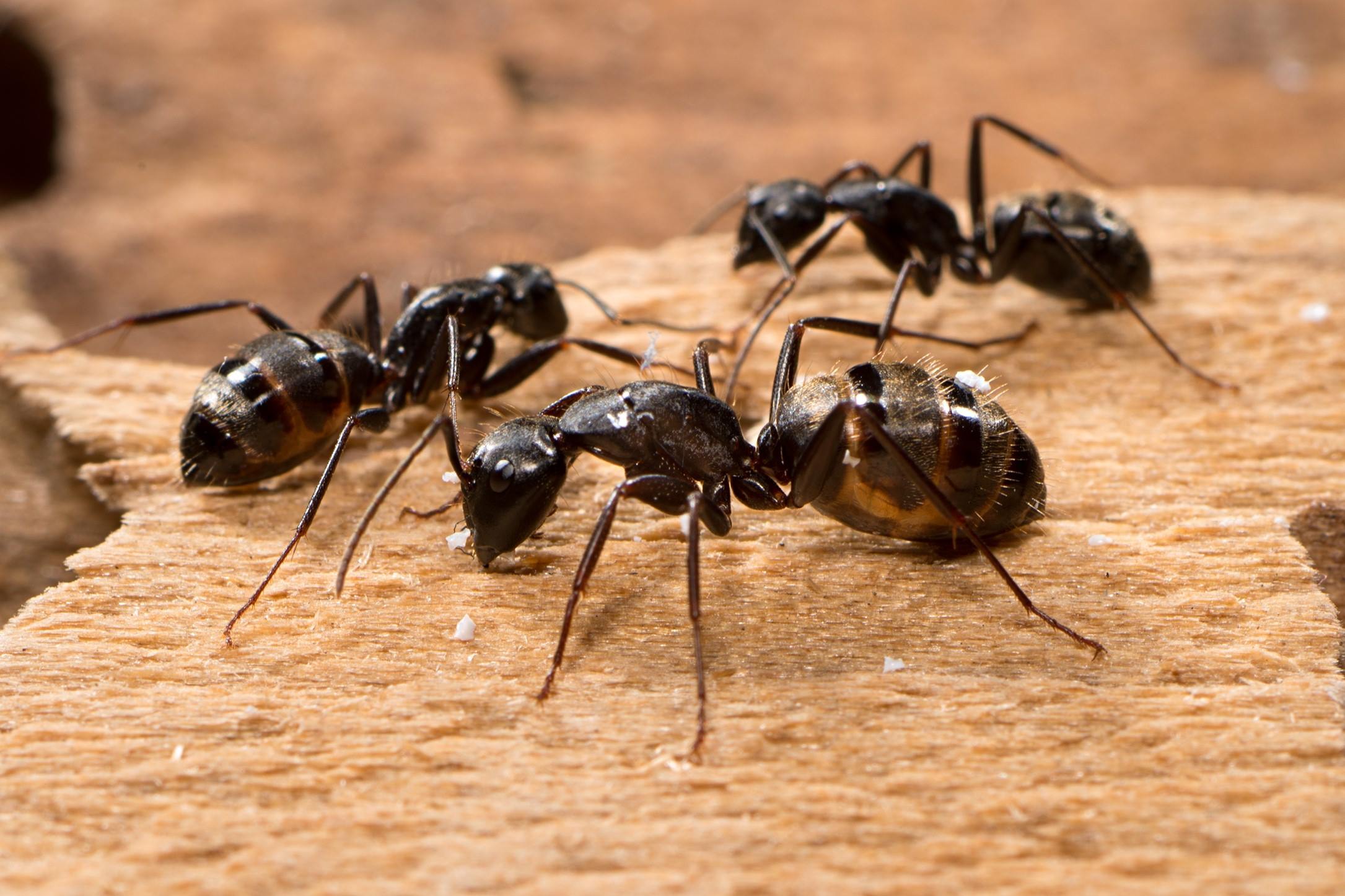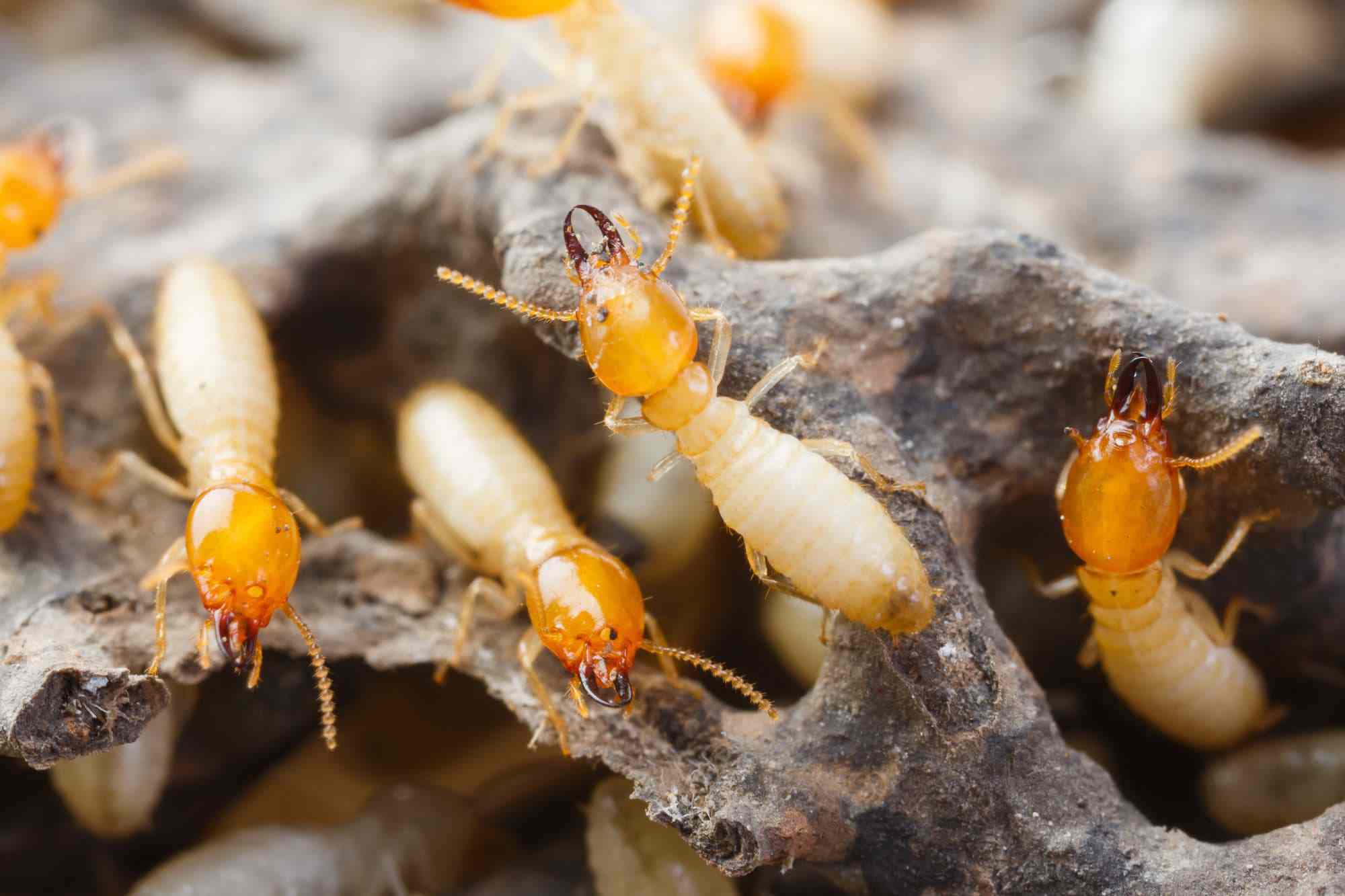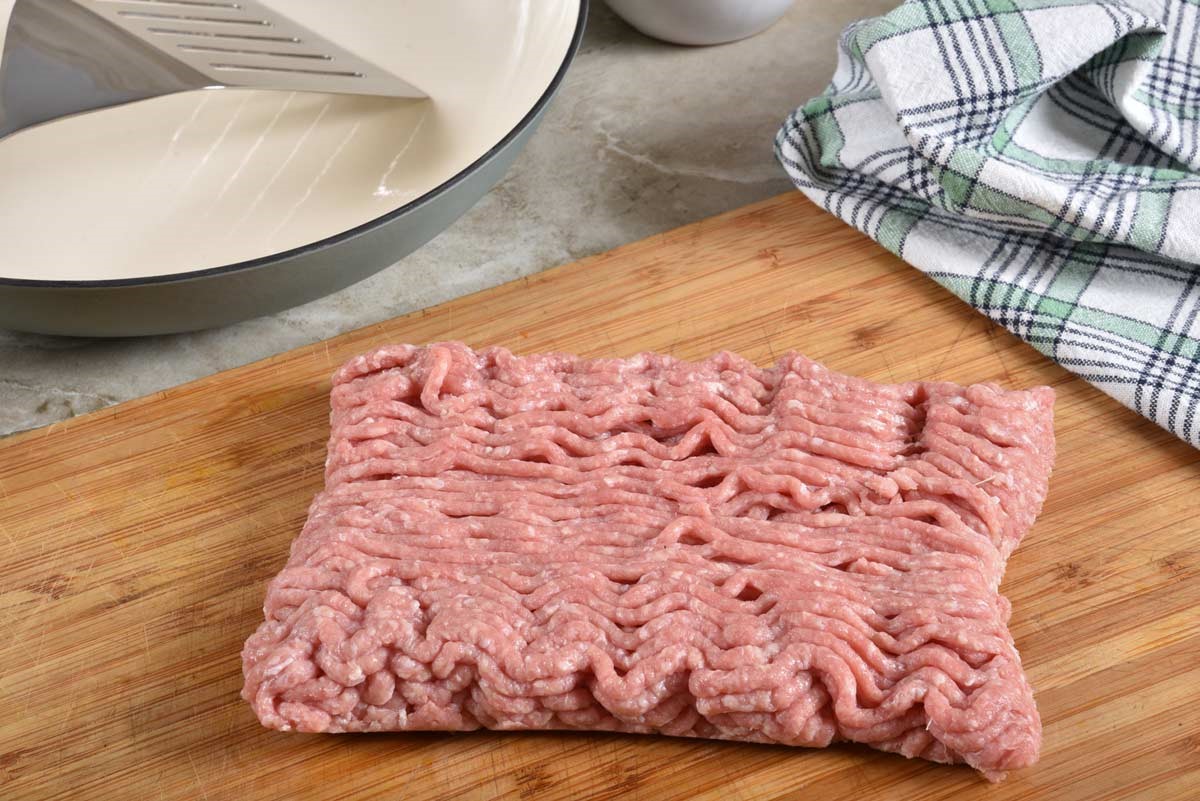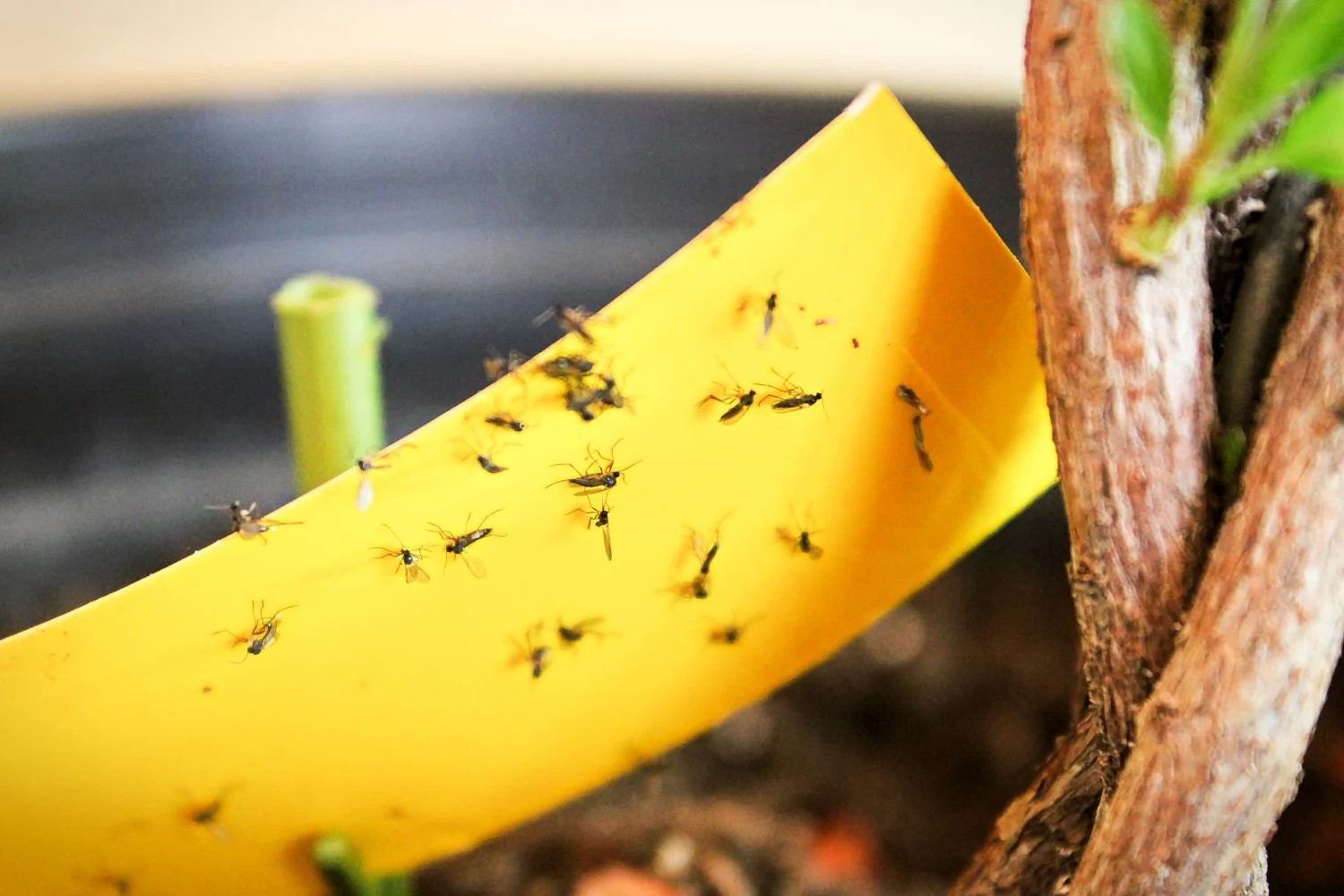Home>Home and Garden>The Ultimate Guide To Naturally Eliminating Ground Squirrels
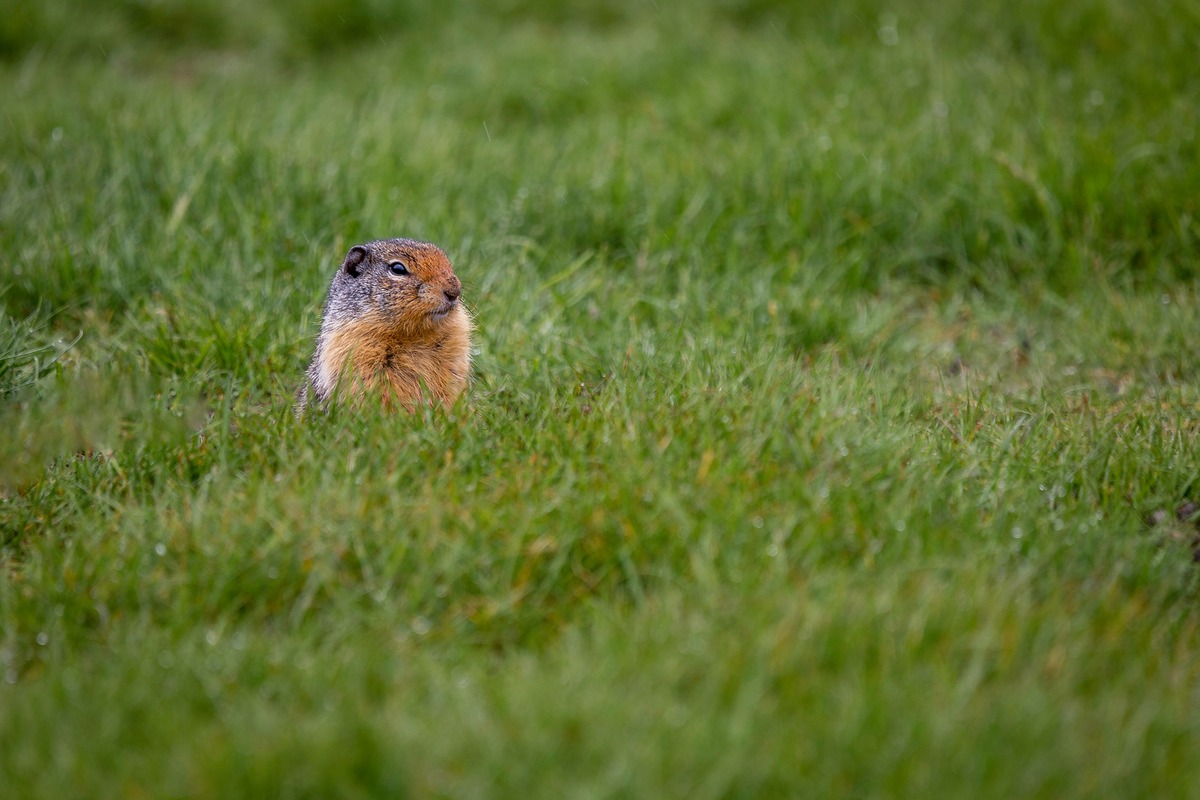

Home and Garden
The Ultimate Guide To Naturally Eliminating Ground Squirrels
Published: February 20, 2024
Discover effective and natural methods for getting rid of ground squirrels in your home and garden with our comprehensive guide. Say goodbye to these pests for good!
(Many of the links in this article redirect to a specific reviewed product. Your purchase of these products through affiliate links helps to generate commission for Noodls.com, at no extra cost. Learn more)
Table of Contents
Introduction
Ground squirrels, with their endearing appearance and playful antics, can be a delightful sight in natural settings. However, when these furry creatures encroach upon our gardens and lawns, their burrowing and foraging activities can wreak havoc on our carefully tended landscapes. In this comprehensive guide, we will delve into the world of ground squirrels and explore effective, natural methods for managing and repelling them from our outdoor spaces.
As homeowners and garden enthusiasts, it's essential to understand the behavior and habits of ground squirrels in order to address the challenges they present. By gaining insight into their natural tendencies and preferences, we can develop strategies that are both humane and effective in discouraging their presence without resorting to harmful chemicals or inhumane practices.
Throughout this guide, we will uncover the telltale signs of ground squirrel activity, such as gnawed plants, burrow entrances, and disturbed soil. By recognizing these indicators, we can take proactive measures to protect our gardens and prevent further damage. Additionally, we will explore the use of natural predators and exclusion techniques to create a harmonious balance in our outdoor spaces, allowing both humans and wildlife to coexist peacefully.
Join us on this journey as we discover the art of naturally eliminating ground squirrels from our gardens, promoting a thriving and sustainable environment for all.
Understanding Ground Squirrels
Ground squirrels, belonging to the Sciuridae family, are small to medium-sized rodents known for their burrowing habits and herbivorous diet. These industrious creatures are commonly found in grasslands, meadows, and open areas with well-drained soil, where they construct elaborate burrow systems for shelter and protection. With their distinctive striped fur and bushy tails, ground squirrels are often mistaken for their tree-dwelling counterparts, but their terrestrial nature sets them apart in the rodent kingdom.
These rodents are diurnal, meaning they are most active during the day, and their foraging activities primarily revolve around consuming grasses, seeds, bulbs, and occasionally small insects. Their voracious appetite and efficient digging skills make them adept at locating and harvesting food sources, which can lead to significant damage in agricultural and residential settings.
Ground squirrels are social animals, often living in colonies with complex social structures. These colonies can range in size from a few individuals to several dozen, depending on the availability of resources and suitable habitat. Within these colonies, ground squirrels exhibit communal behaviors, such as communal grooming and vocal communication, which contribute to their cohesive social dynamics.
In terms of reproduction, ground squirrels typically breed once a year, with mating occurring in early spring. After a gestation period of approximately 25-30 days, the females give birth to litters of 5-10 offspring, known as pups. The young are nurtured within the safety of the burrow until they are old enough to venture out and forage alongside the adults.
Understanding the natural behaviors and life cycle of ground squirrels is crucial for implementing effective management strategies. By gaining insight into their ecological role and behavioral patterns, we can develop humane and sustainable methods for mitigating conflicts and promoting coexistence. With this knowledge as our foundation, we can explore practical approaches to naturally repel ground squirrels and safeguard our outdoor spaces from their disruptive activities.
Identifying Ground Squirrel Damage
Identifying ground squirrel damage is essential for implementing targeted management strategies and mitigating the impact of their foraging and burrowing activities. These industrious rodents can cause a range of detrimental effects in outdoor spaces, and recognizing the signs of their presence is the first step toward effective intervention.
Gnawed Plants and Vegetation
One of the most conspicuous indicators of ground squirrel activity is the gnawing and consumption of plants and vegetation. Ground squirrels are herbivorous and will readily feed on a variety of garden plants, including flowers, vegetables, and ornamental foliage. Their distinctive incisor teeth leave behind telltale signs of damage, with characteristic gnaw marks on stems, leaves, and fruits. Additionally, the sudden disappearance of tender shoots and newly sprouted seedlings can signal the presence of ground squirrels in the vicinity.
Burrow Entrances and Tunnels
Ground squirrels are adept diggers, creating intricate burrow systems for shelter and protection. The presence of burrow entrances and tunnels in lawns, garden beds, and open areas is a clear indication of their underground activities. Burrow entrances are typically surrounded by disturbed soil and may exhibit fresh excavations, indicating recent digging behavior. These burrows not only disrupt the aesthetic appeal of the landscape but also pose tripping hazards and undermine the structural integrity of the soil.
Disturbed Soil and Mounds
In their quest for food and shelter, ground squirrels excavate soil and create mounds as they construct and expand their burrow networks. The presence of scattered soil mounds and disturbed earth, particularly in close proximity to plantings and garden borders, is a common consequence of their burrowing behavior. These disturbances can compromise the stability of plant roots, expose irrigation systems, and create unsightly blemishes across the landscape.
Foraging Trails and Scattered Debris
As ground squirrels navigate their foraging territories, they leave behind distinctive trails and scattered debris from their feeding activities. These trails, often marked by trampled vegetation and scattered plant debris, provide insight into their movement patterns and preferred feeding areas. By identifying these trails, homeowners can gain valuable information about the areas most frequented by ground squirrels, allowing for targeted intervention and protection of vulnerable plantings.
By recognizing these signs of ground squirrel damage, homeowners and garden enthusiasts can take proactive measures to address and mitigate the impact of their presence. Armed with this knowledge, we can explore natural and humane methods for repelling ground squirrels and safeguarding our outdoor spaces from their disruptive behaviors.
Natural Methods for Repelling Ground Squirrels
When it comes to managing ground squirrel populations in outdoor spaces, employing natural and eco-friendly methods is not only effective but also aligns with sustainable and humane practices. By harnessing the power of natural deterrents and repellents, homeowners can discourage ground squirrels from foraging and nesting in their gardens without resorting to harmful chemicals or inhumane trapping methods.
Aromatic Repellent Plants
Integrating aromatic plants with strong scents, such as lavender, mint, and marigold, into the garden landscape can serve as a natural deterrent against ground squirrels. These fragrant plants emit odors that are displeasing to squirrels, effectively discouraging them from venturing into treated areas. Additionally, the presence of these aromatic plants can enhance the overall sensory experience of the garden while providing natural pest control benefits.
Spicy Repellent Sprays
Creating homemade repellent sprays using spicy ingredients, such as chili peppers or garlic, can act as a potent deterrent against ground squirrels. When applied to vulnerable plants and garden borders, the pungent nature of these sprays can deter squirrels from nibbling on foliage and fruits. The application of spicy repellent sprays not only protects plants from damage but also minimizes the need for chemical-based solutions, promoting a healthier and more sustainable gardening approach.
Predator Urine and Hair
Utilizing predator urine, such as that of foxes or coyotes, or scattering pet hair from dogs or cats around the garden perimeter can create a natural deterrent effect. The scent of predator urine and the presence of pet hair can instill a sense of danger in ground squirrels, prompting them to avoid areas perceived as potential hunting grounds. This natural method leverages the instinctual fear of predators ingrained in ground squirrels, effectively discouraging their presence without causing harm.
Ultrasonic Repellent Devices
Incorporating ultrasonic repellent devices in the garden can provide a non-invasive and eco-friendly solution for repelling ground squirrels. These devices emit high-frequency sound waves that are disruptive to the sensitive hearing of squirrels, creating an uncomfortable environment that encourages them to seek alternative habitats. Ultrasonic repellent devices offer a humane and hands-free approach to managing ground squirrel populations, making them a valuable addition to the garden toolkit.
By embracing these natural methods for repelling ground squirrels, homeowners can cultivate a harmonious and wildlife-friendly environment while safeguarding their gardens from destructive foraging activities. These eco-conscious strategies not only promote coexistence with native wildlife but also contribute to the overall health and sustainability of the outdoor ecosystem.
Creating a Squirrel-Proof Garden
Creating a squirrel-proof garden involves implementing strategic measures to deter ground squirrels from accessing and damaging the cultivated areas. By employing a combination of physical barriers, sensory deterrents, and garden design principles, homeowners can effectively protect their plants and landscaping features from the disruptive activities of these industrious rodents.
Read more: The Ultimate Guide To The Best Natural Kitty Litter For Odor Control And Clumping (No Cedar!)
Raised Garden Beds
Constructing raised garden beds can serve as a practical deterrent against ground squirrels, as the elevated design creates a barrier that impedes their access to vulnerable plantings. Raised beds can be constructed using materials such as wood, composite lumber, or stone, providing a defined and protected space for growing fruits, vegetables, and ornamental plants. Additionally, the elevated nature of these beds minimizes the risk of burrowing and root damage, offering a practical solution for squirrel-proof gardening.
Physical Barriers
Installing physical barriers, such as wire mesh or hardware cloth, around individual plantings or garden beds can effectively prevent ground squirrels from reaching and damaging the vegetation. These barriers can be secured around the perimeter of raised beds or directly around the base of plants, creating a protective enclosure that deters squirrels from accessing the desired foliage. When properly installed, physical barriers provide a reliable defense against squirrel-related damage while allowing for adequate airflow and sunlight penetration.
Squirrel-Resistant Plants
Incorporating plant species that are less appealing to ground squirrels can contribute to the overall resilience of the garden. Squirrel-resistant plants, such as daffodils, hyacinths, and snowdrops, possess natural characteristics or odors that deter squirrels from consuming or damaging them. By strategically integrating these plants into the garden design, homeowners can create a landscape that is less attractive to ground squirrels, reducing the likelihood of extensive foraging and gnawing activities.
Mulch and Ground Cover
Applying mulch and ground cover materials, such as gravel or decorative stones, around plantings can create an additional barrier that discourages ground squirrels from approaching vulnerable areas. The presence of these materials not only enhances the visual appeal of the garden but also serves as a protective layer that impedes squirrel activity. By minimizing direct access to the soil and plant roots, mulch and ground cover contribute to the overall defense against ground squirrel damage.
Vertical Gardening Solutions
Exploring vertical gardening solutions, such as trellises, arbors, and hanging planters, can offer an alternative approach to squirrel-proofing the garden. By elevating certain plantings and creating vertical growing spaces, homeowners can minimize the accessibility of vulnerable plants to ground-dwelling squirrels. Additionally, vertical gardening adds dimension and visual interest to the landscape while providing a practical defense against squirrel-related damage.
By implementing these squirrel-proofing strategies, homeowners can cultivate a resilient and protected garden environment that withstands the presence of ground squirrels. Through thoughtful planning and proactive measures, it is possible to create a harmonious outdoor space that thrives in the presence of native wildlife while minimizing the impact of their foraging and burrowing activities.
Using Natural Predators to Control Ground Squirrel Population
Harnessing the power of natural predators presents a sustainable and ecologically sound approach to managing ground squirrel populations in outdoor environments. By leveraging the innate hunting instincts of predatory species, homeowners can create a balanced ecosystem that regulates ground squirrel numbers while minimizing the need for human intervention.
One of the most effective natural predators of ground squirrels is the domestic or feral cat. Cats are skilled hunters with a strong instinct for stalking and capturing small rodents, including ground squirrels. Allowing cats to roam and patrol the garden area can serve as a natural deterrent, as their presence alone can discourage ground squirrels from foraging and nesting in the vicinity. Additionally, the scent of cats can create a perceived risk for ground squirrels, prompting them to seek alternative habitats away from potential predation.
Another natural predator that plays a significant role in controlling ground squirrel populations is the red-tailed hawk. These majestic birds of prey are adept hunters, utilizing their keen eyesight and aerial prowess to target ground-dwelling rodents, including squirrels. Encouraging the presence of red-tailed hawks in the surrounding habitat can create a natural deterrent effect, as the sight of these raptors soaring overhead can instill a sense of vulnerability in ground squirrels, prompting them to remain vigilant and cautious in open areas.
In addition to cats and red-tailed hawks, other natural predators, such as foxes, coyotes, and snakes, contribute to the regulation of ground squirrel populations through predation and territorial dynamics. These predators play a vital role in maintaining ecological balance, as their presence influences the behavior and distribution of ground squirrels, ultimately mitigating their impact on cultivated landscapes.
By fostering a habitat that supports natural predators, homeowners can harness the ecological services provided by these species, creating a self-regulating system that minimizes the need for human intervention. This approach aligns with sustainable and wildlife-friendly practices, promoting a harmonious coexistence between native predators and ground squirrels within the outdoor environment.
Incorporating natural predators into the ecosystem not only contributes to the regulation of ground squirrel populations but also enriches the overall biodiversity of the landscape. By embracing the role of natural predators as allies in pest management, homeowners can cultivate a thriving and resilient outdoor environment that reflects the intricate balance of the natural world.
Implementing Exclusion Techniques
Implementing exclusion techniques is a proactive and practical approach to mitigating the presence of ground squirrels in outdoor spaces. By creating physical barriers and modifying the landscape to limit squirrel access, homeowners can effectively protect their gardens and lawns from the disruptive activities of these industrious rodents.
Fencing and Barriers
Installing sturdy fencing around the perimeter of the garden or specific plantings can serve as a reliable exclusion technique to deter ground squirrels. Opt for hardware cloth or wire mesh with small openings to prevent squirrels from squeezing through or burrowing underneath. Ensure that the fencing extends below the soil surface to discourage digging and burrowing. Additionally, consider adding a protective barrier around individual trees and shrubs to prevent gnawing and foraging damage.
Underground Barriers
In areas where ground squirrels are particularly active, the installation of underground barriers can effectively deter burrowing and tunneling. Use hardware cloth or specialized underground barriers designed to prevent rodents from excavating beneath the soil. By creating a physical barrier that extends below the surface, homeowners can protect the structural integrity of the soil and prevent damage to plant roots caused by burrowing activities.
Garden Enclosures
Constructing enclosed garden spaces using wire mesh or transparent netting can safeguard vulnerable plantings from ground squirrel intrusion. These enclosures can be tailored to fit specific garden beds or individual crops, providing a protective barrier that allows for adequate airflow and sunlight penetration. When properly secured, garden enclosures offer a practical solution for preserving the integrity of the garden while minimizing the risk of squirrel-related damage.
Sealing Entry Points
Identifying and sealing potential entry points, such as gaps in fences, openings in outbuildings, and gaps around utility penetrations, is essential for preventing ground squirrels from accessing the property. Utilize durable materials, such as steel wool or caulk, to seal gaps and crevices that may serve as entry points for squirrels. By addressing these vulnerabilities, homeowners can fortify the perimeter of the property and minimize the likelihood of squirrel intrusion.
Landscape Modifications
Incorporating landscape modifications, such as rock barriers, gravel borders, and dense plantings, can create natural deterrents that discourage ground squirrels from entering specific areas. These modifications can disrupt squirrel movement patterns and nesting behaviors, reducing the attractiveness of the landscape for squirrel habitation. Additionally, strategic placement of deterrent plants and hardscape features can contribute to the overall resilience of the outdoor environment.
By implementing these exclusion techniques, homeowners can establish a fortified and protected outdoor space that minimizes the impact of ground squirrel activities. These proactive measures not only safeguard the integrity of the garden and landscape but also promote a harmonious coexistence between humans and wildlife.
Conclusion
In conclusion, the management of ground squirrels in outdoor environments requires a multifaceted approach that balances effective control measures with a commitment to sustainability and wildlife-friendly practices. By understanding the behaviors and habits of ground squirrels, homeowners can implement targeted strategies to mitigate the impact of their presence while promoting a harmonious coexistence with native wildlife.
Throughout this guide, we have explored natural and humane methods for repelling ground squirrels, including the use of aromatic plants, spicy repellent sprays, predator urine, and ultrasonic repellent devices. These eco-friendly solutions not only protect gardens from squirrel-related damage but also contribute to the overall health and resilience of the outdoor ecosystem.
Furthermore, the concept of creating a squirrel-proof garden through raised beds, physical barriers, squirrel-resistant plants, mulch, and vertical gardening solutions offers homeowners practical and sustainable approaches to safeguard their cultivated spaces from ground squirrel intrusion. These proactive measures empower individuals to cultivate resilient and thriving gardens while minimizing the impact of wildlife conflicts.
The integration of natural predators, such as cats and red-tailed hawks, into the outdoor environment presents a holistic and self-regulating approach to ground squirrel management. By fostering a habitat that supports natural predators, homeowners can harness the ecological services provided by these species, creating a balanced ecosystem that regulates ground squirrel populations while minimizing the need for human intervention.
Additionally, the implementation of exclusion techniques, including fencing, underground barriers, garden enclosures, sealing entry points, and landscape modifications, offers practical solutions for fortifying outdoor spaces against ground squirrel intrusion. These measures empower homeowners to create a fortified and protected environment that minimizes the impact of ground squirrel activities.
In essence, the effective management of ground squirrels in outdoor environments requires a proactive and holistic approach that integrates natural deterrents, predator support, and exclusion techniques. By embracing these strategies, homeowners can cultivate thriving and resilient outdoor spaces that coexist harmoniously with native wildlife, fostering a balanced and sustainable ecosystem for generations to come.

